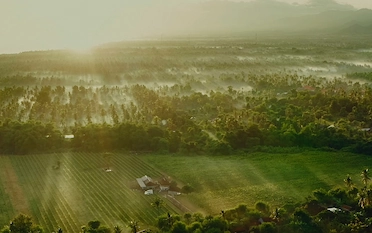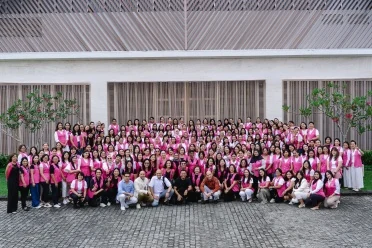In the enchanting realm of Bali, where spirituality intertwines seamlessly with everyday life, the resonance of 'Omkara' echoes through the lush jungles and emerald green rice fields. The 'Island of gods' is home to one of the world's most ancient and spiritual cultures, where the sacred symbol of "Om" holds profound significance in Balinese Hinduism.
Omkara: The Sacred Symphony of Balinese Hinduism
The First Sound of the World, Emerge Through Divine Meditation
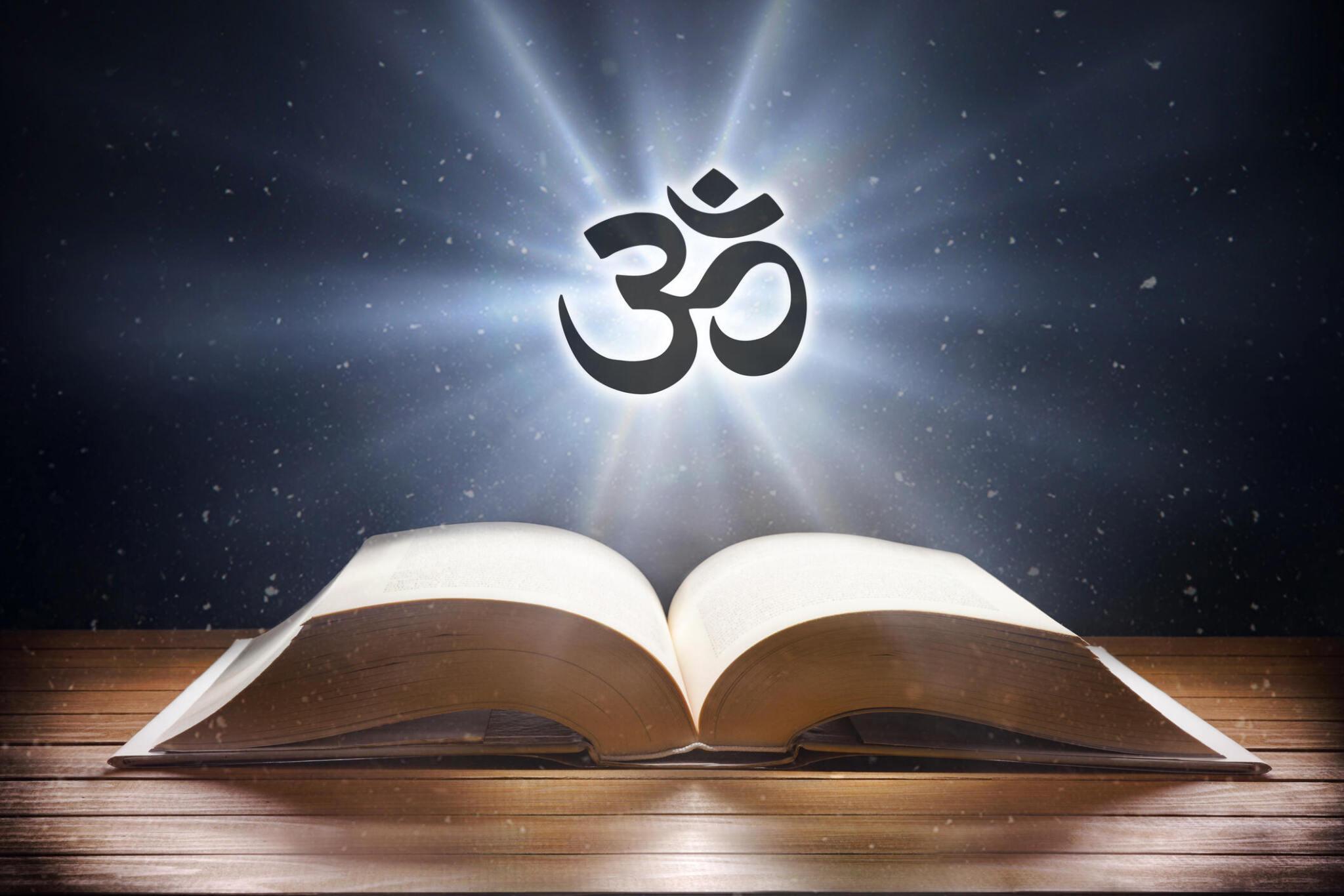
Omkara, often referred to as the "original sound of the world," transcends its role as a mere symbol or sound. It is a gateway to the divine, a universal language that speaks to the interconnectedness of all existence. Balinese Hinduism, a unique blend of Hindu worship, local animism, and reverence for ancestors, finds its essence encapsulated in the sacred syllable "Om."
The origins of Omkara are steeped in mythology, with the Upanishad Chandogya narrating the story of how the god Brahma spoke the sound "Aum" while meditating over the creation of the world. This divine origin symbolizes the omnipresence of Om, representing everything in all of nature.
Trinity of Meanings, Three Divisions of Time
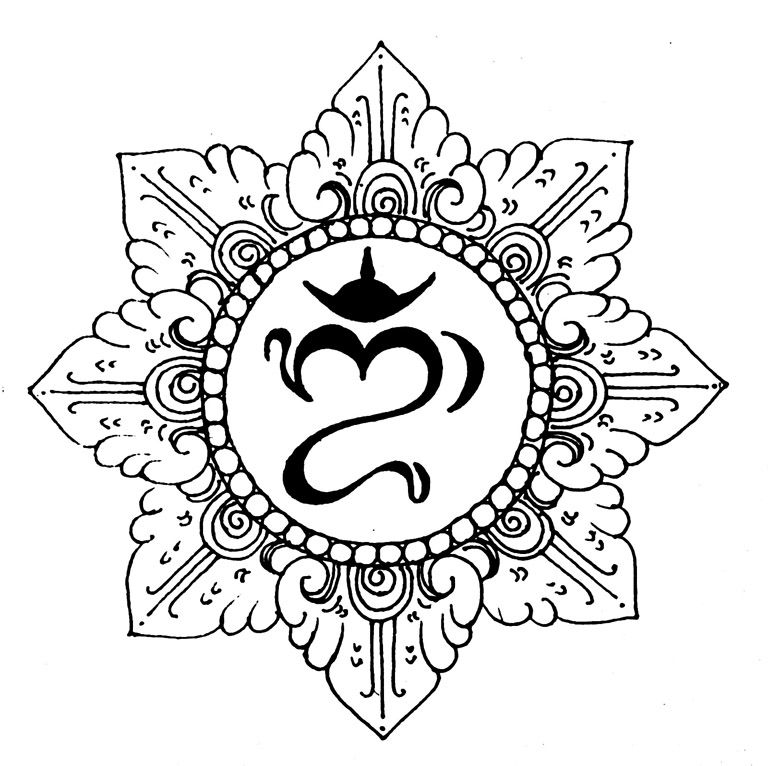
In Balinese Hinduism, Omkara takes on a trinity of meanings, mirroring the three-fold division of time. "A" symbolizes the waking state, "U" the dream state, and "M" the deep-sleep state. The silent pause after "M" signifies a fourth state, Turiya, representing infinite consciousness. This trinity extends to the divine realm, where "A" embodies Brahma, the Creator; "U" represents Wisnu, the Preserver of Life; and "M" embodies Siwa, the Destroyer.
In daily life, the Balinese people incorporate Omkara into their rituals and prayers, starting every mantra and prayer with this sacred sound. The tripartite principle of Tri Hita Karana, emphasizing harmony among people, with nature, and with God, forms the core of Balinese Hinduism. This principle echoes in the three-tiered hierarchy of Tri Angga, organizing architectural structures and spatial layouts.
The symbol of Om is not just a visual representation but a tool for concentration towards Sang Hyang Widhi, the equivalent of Brahman in Balinese religion. Balinese Hinduism recognizes five types of Om symbols, each used in specific ceremonies to manifest the intentions of prayers.
The Manifestation of Life-Giving, The Resonance From Deep Within
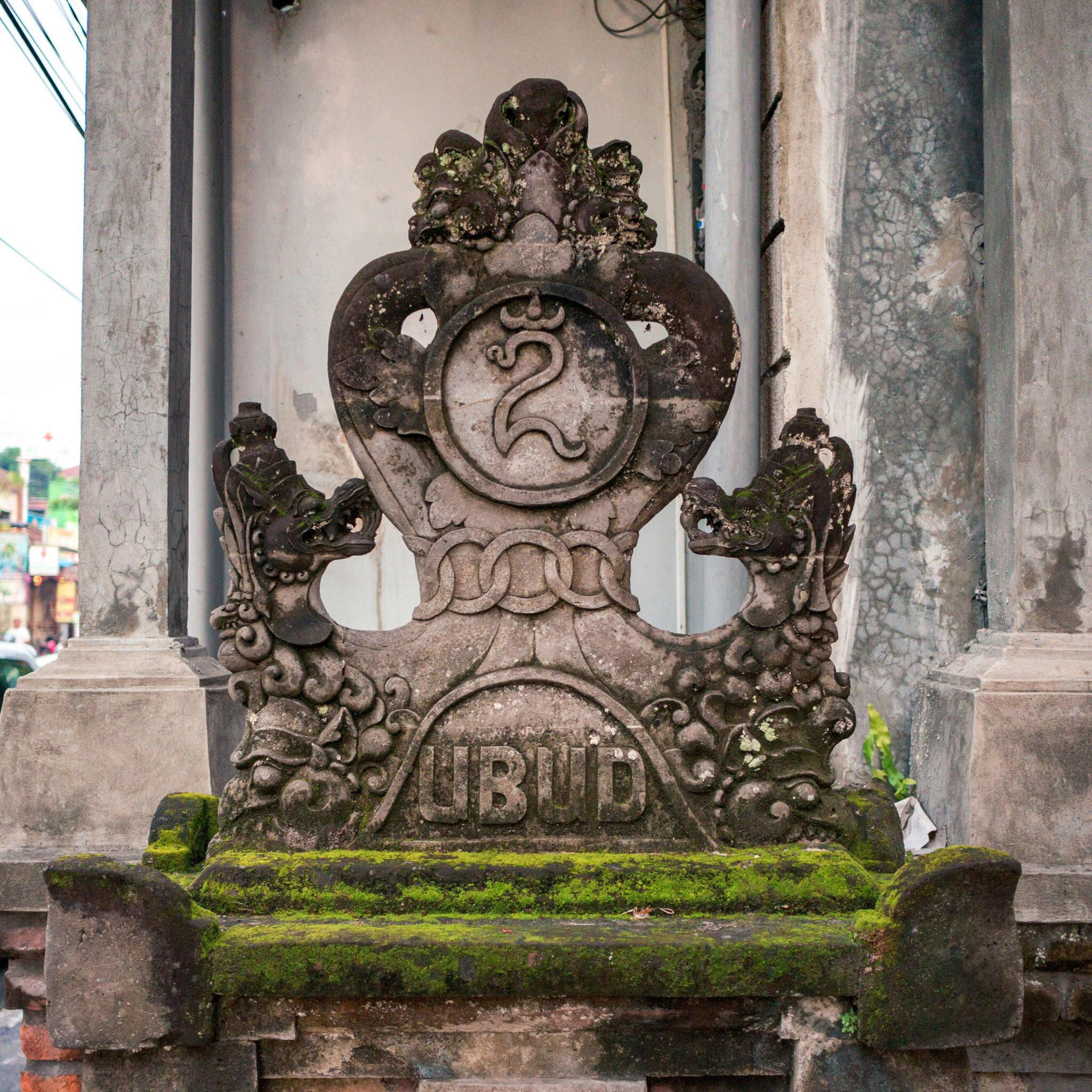
The Balinese Om, also known as Ongkara, manifests in five distinct types—Ongkara Gni, Ongkara Sabdha, Ongkara Mrta, Ongkara Pasah, and Ongkara Adu-muka. Each variation plays a crucial role in the intricate rituals of Panca Yadnya ceremonies, infusing them with the magical potency necessary for success. The five elements of Ongkara—Nada, Windu, Arda Candra, Angka telu (Bali's version), and Tarung—symbolize the Panca Mahabutha, the elemental forces of Hyang Widhi. Reflecting the grandeur of the universe, these elements find resonance within the human body, known as Bhuwana Alit, where they correspond to bodily components. As life transitions in the sacred Ngaben ceremony, Panca Mahabutha within the human form is returned and unified with the cosmic Panca Mahabutha of Bhuwana Agung. Omkara, in the context of Balinese Hinduism, intricately weaves together the cosmic and corporeal, forming a profound tapestry that harmonizes the microcosm with the macrocosm, illustrating the deep interconnectedness of the spiritual and physical realms.
A Transcendence Symbol, Cosmic’s Eternal Melody
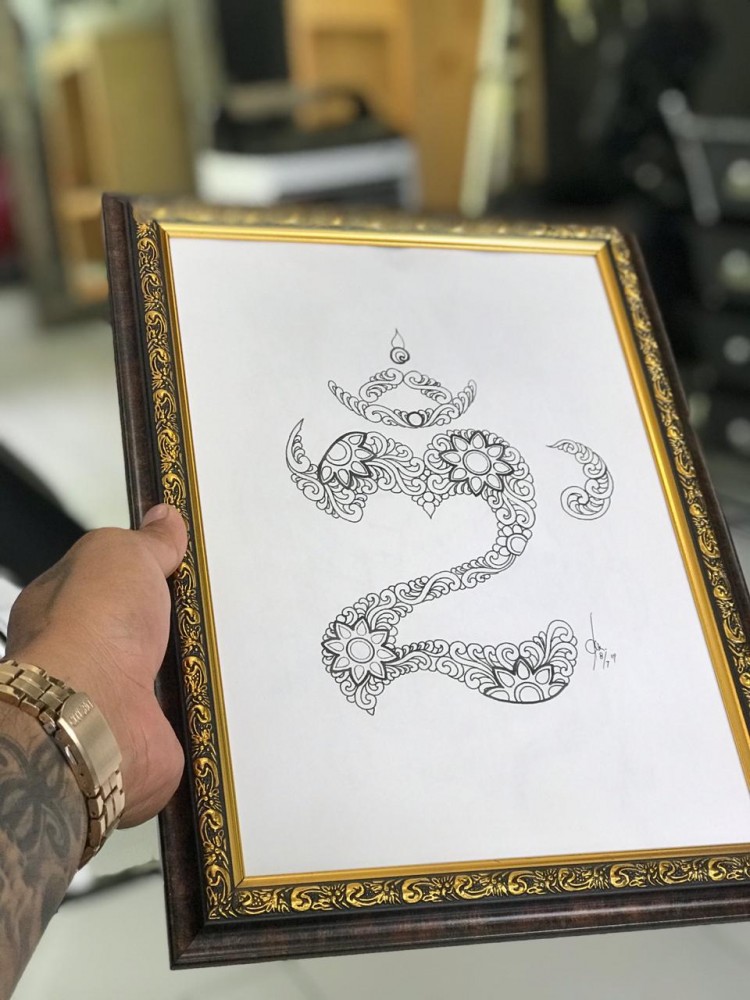
In the serene landscapes of Bali, where every day is marked by countless ceremonies, the universal appeal of Omkara is evident. It serves as a reminder of the unity underlying diversity, a symbol that transcends geographical and cultural boundaries. Om resonates not only as a sound or symbol but as a guiding light, leading humanity on a profound journey of self-discovery and cosmic connection. In Bali, Omkara is not just a sacred echo; it is the Eternal Symphony that harmonizes the spiritual and material realms, inviting all to partake in the profound melody of existence.



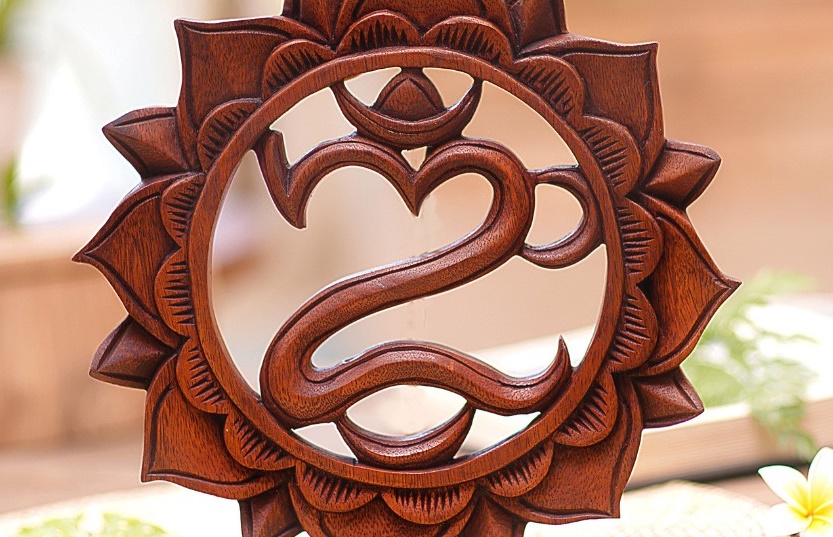
 Billy Bagus
Billy Bagus
 Jan 04, 2024
Jan 04, 2024



